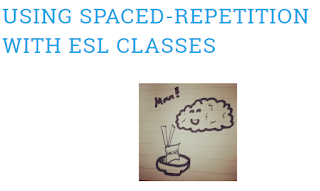I will use the following to monitor shifts :
- Record and analyse students' writing data (easTTle)
- Record and analyse students' spelling data ( Spelling list no. 1-9)
- Record and analyse students' attitude towards writing (easTTle writing attitude)
- Record and analyse students vocabulary knowledge through multiple choice questions
On a lesson by lesson basis, I will closely monitor:
- the level of excitement among students when spaced repetition is used
- the level of engagement in the lesson
- the ability of the students to set learning goals based on where they are at, as compared to where they should be with their learning












